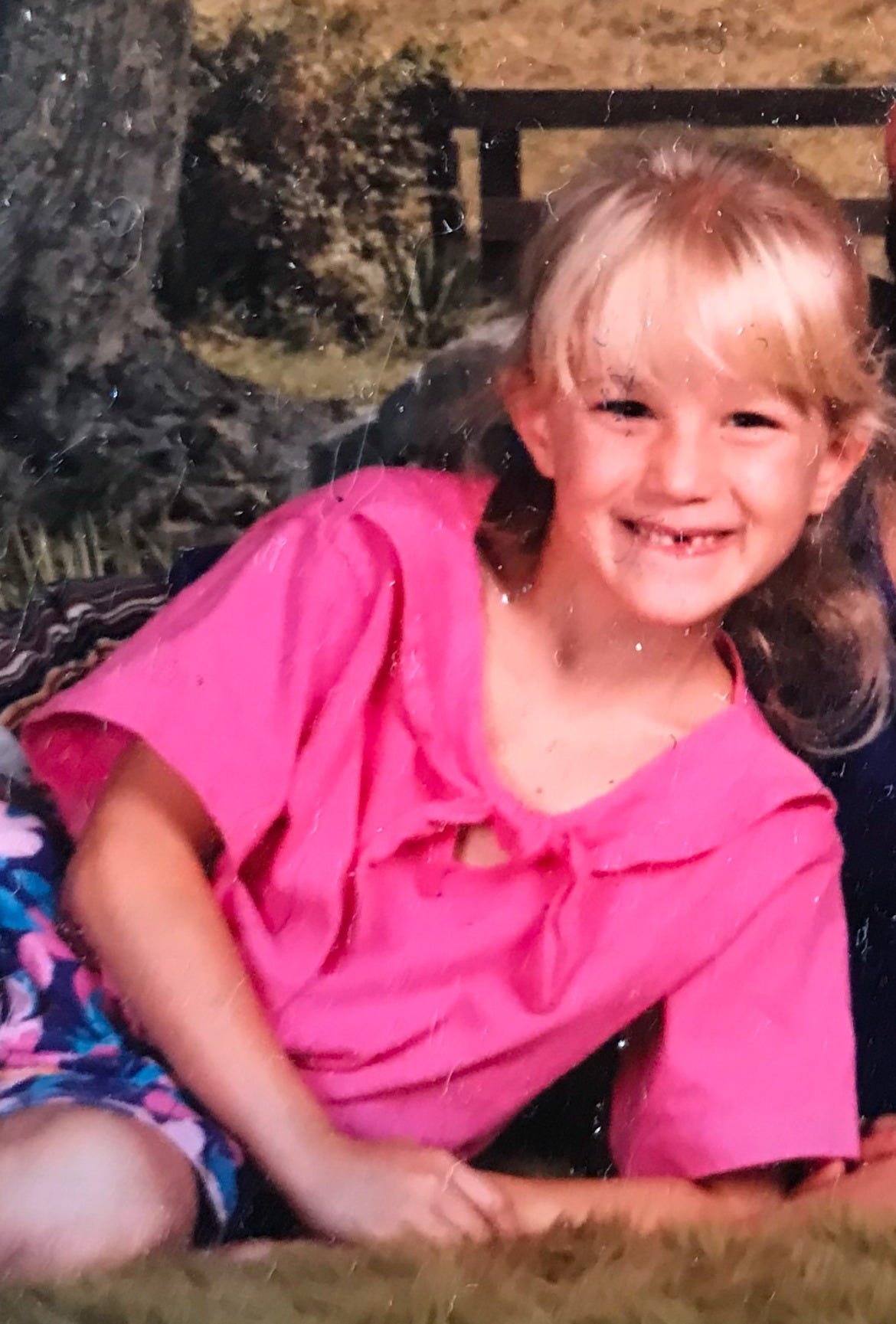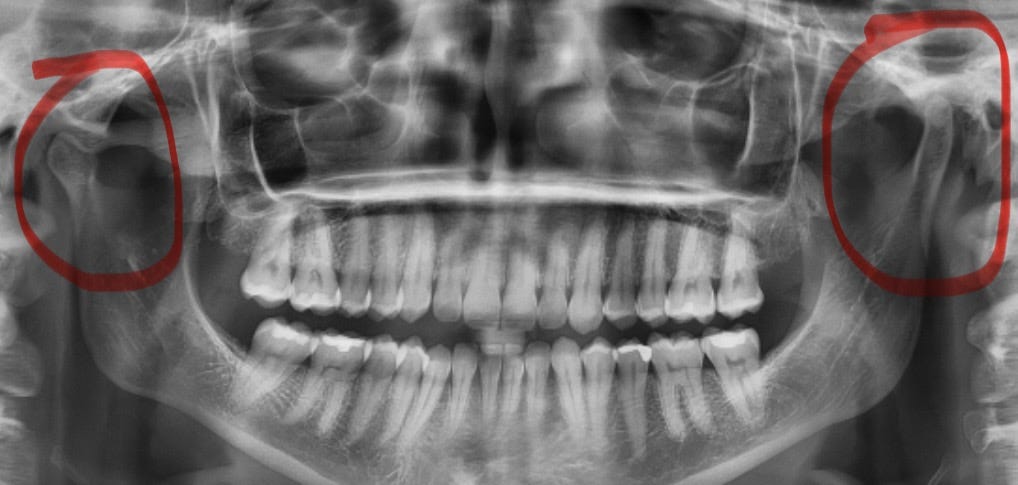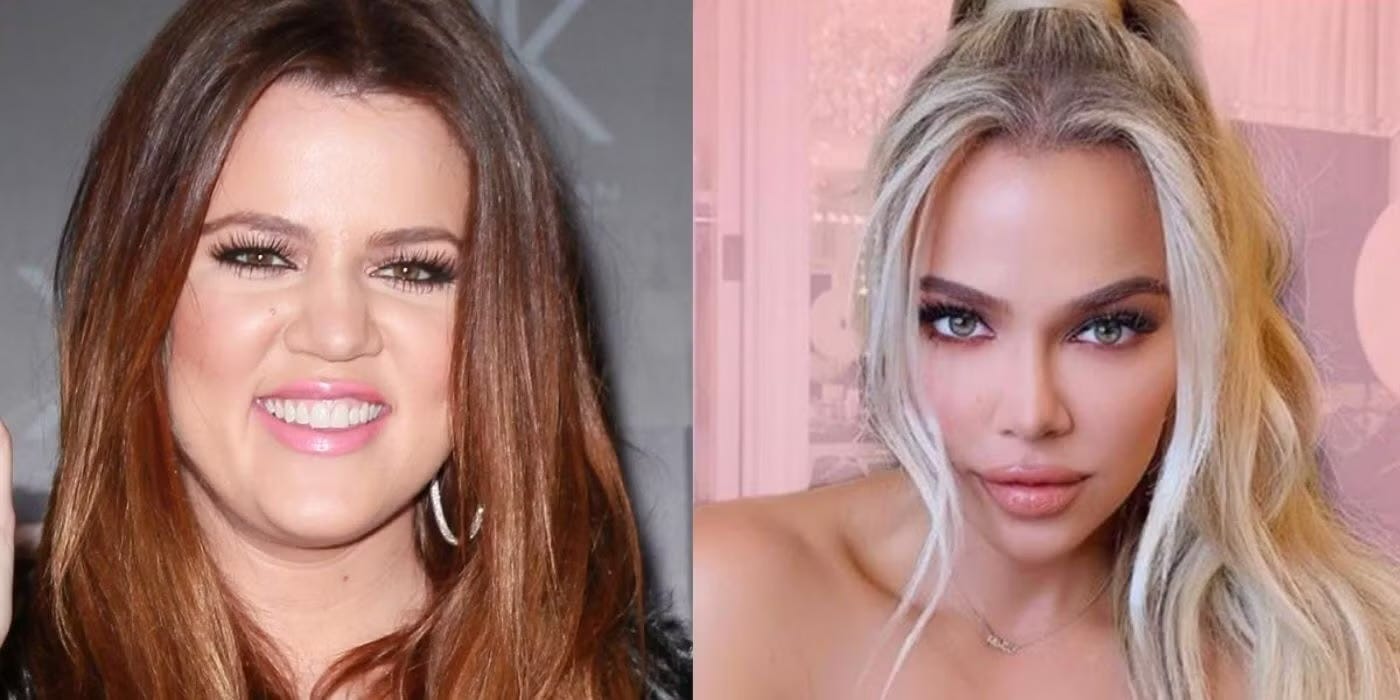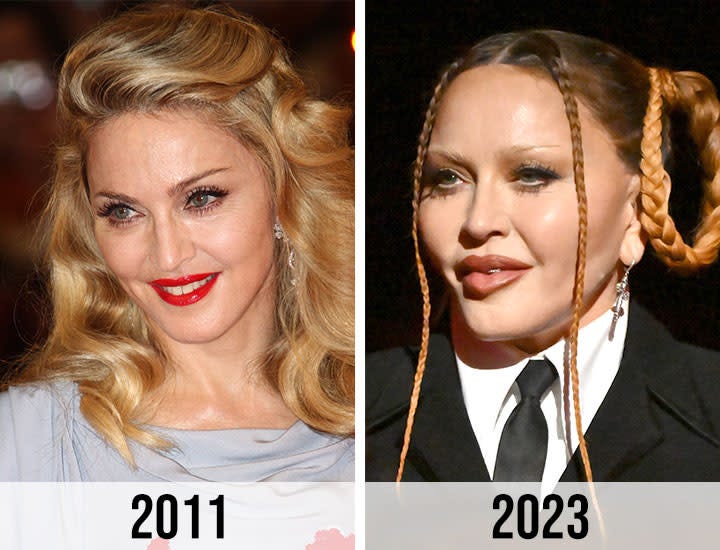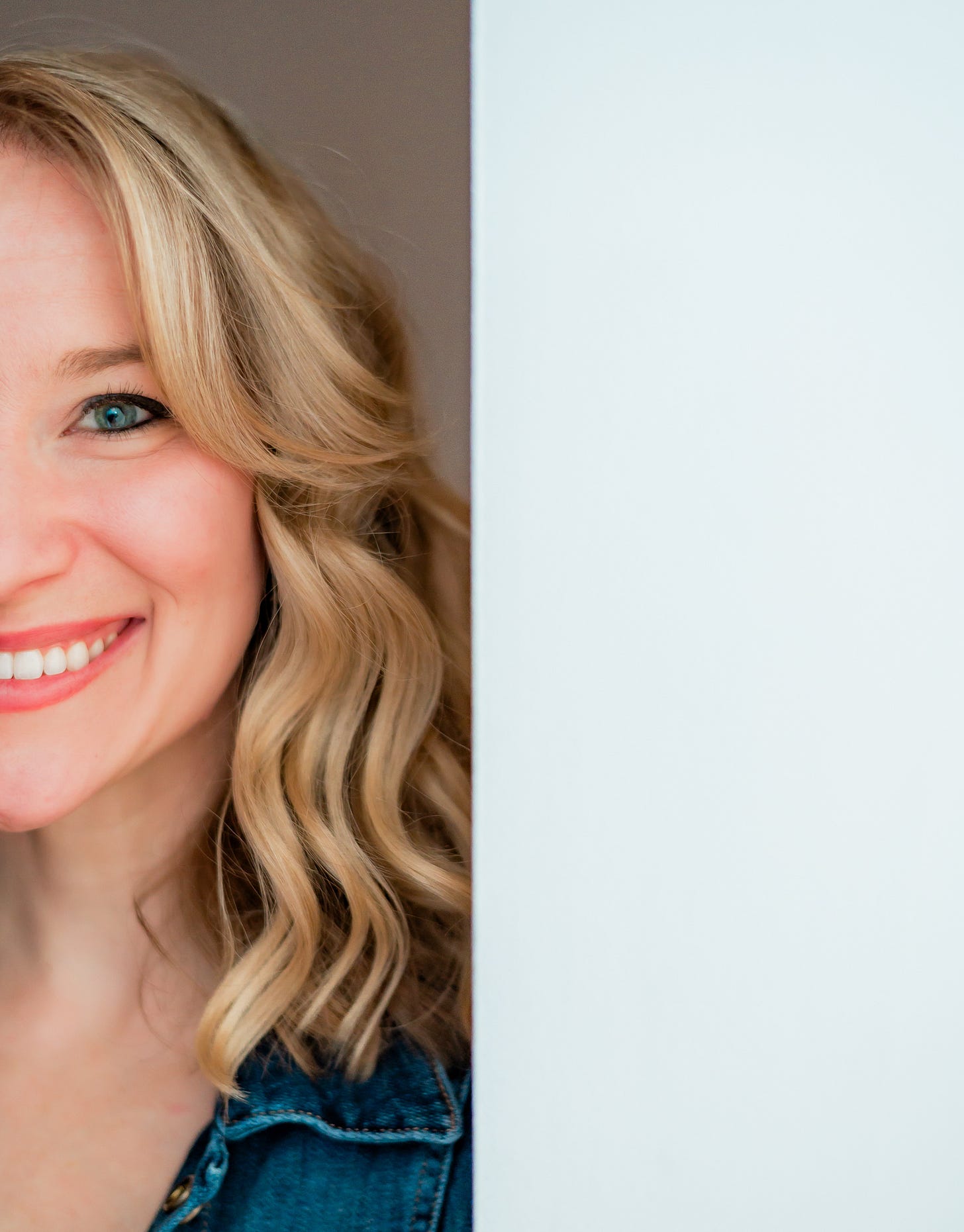
Growing up, I had ambitions of being a famous movie star.
When I was nine, my mom indulged my far-fetched dreams by signing me up for a modeling and talent agency, paying for headshots, and entering me into a competition where I had the opportunity to audition for real Hollywood casting directors.
“Smile and turn to the left. Now face the camera. Okay, now turn to the right. Okay, thank you. Next!”
I understood in that moment that they were evaluating my potential— my worthiness of my dream— by my symmetry, the standard measure of beauty.
I didn’t win the competition, I didn’t land some big modeling contract, and I booked no movie deal.
And I realized it was because of what they detected in my photos… my asymmetry.
………………………………..
When I was 12, I was given braces to fix my crossbite, the condition they said caused my TMD (a clicking jaw) and my crooked smile.
When I was 14, I got my braces off and noticed, even the very first day, that my face was still not symmetrical, still not perfect.

Being someone with undiagnosed and unmanaged ADHD, I, of course, couldn’t be trusted to wear my retainer (or even keep track of where it was) so over the years my crooked smile shifted back to where it was.
I’m approaching my forties and— as my children need less of me— I have started having time to pay attention to myself again. I’m running, washing my face regularly, and painting for the hell of it.
And I’ve started eyeing the asymmetry of my face and pondering the opportunity to try and fix it again.
At the referral of my dentist, I went to a local orthodontist to assess my crossbite. But instead of a prescription for round two of braces, she gave me information no one ever had. She examined my x-rays and found that my crossbite had very little to do with my teeth but a malformation in my jaw bones. Braces wouldn’t fix the problem. I would need serious surgery. This crooked smile of mine, it turns out, was written into my DNA.
In life, we so often measure success in terms of our ability to conform. In school, we measure progress in terms of how well we mask our differences, check the same boxes as everyone else. At work, we do the same.
I’ve always had a crooked face. I’ve always had a different brain. It turns out, I’ve always been a little askew.
We are raised to fit the mold, praised by how well we do, but what if we just don’t? What if our inability to conform is written into our DNA? What if it’s that very thing that makes us who we are?
Let’s examine the human practice of shaming what’s different. Why are our divergences something we view as things to be fixed?
And if we do “fix them” when is perfect, perfect enough? Where is the point when we become something other than ourselves? If I fixed my face, would I even look like me? Many people— unfortunately mostly women— find the line too late… the goal posts are always moving. Don’t get me started on how women view, change, and contort themselves to suit patriarchal expectations.
When can we define our own standards? How do we distinguish between what needs to be fixed or what simply needs to be accepted?
……..
I’ve decided to forgo jaw surgery, for now. Until this crooked face of mine becomes a true health hazard, I’ve decided it’s mine to own.
Just like my divergent brain.
Yes, there have been things that have impeded my life— the anxiety, the low self-confidence (in both cases of my face and my brain). These were things I needed to fix through medication, therapy, and other means of self-care and development.
But did those things result from the conditions themselves or from being othered because of those conditions? From feeling unacceptable to others?
I’ve finally accepted who I am and have worked hard over the last few years to embrace her. To embrace every last atom…including the things that make me asymmetrical, that make me different, that make me, me.
And yet… I still wake up each morning and dutifully apply my makeup, mask my fidgeting and nail biting at work, and I’ve scheduled microneedling for a few weeks from now because I heard that’s what we are supposed to do now.
I wonder from where these behaviors stem? The shame of nonconformity is so deeply embedded in culture, systems, and memories.
I wonder… what am I trying to fix? And for whom?





